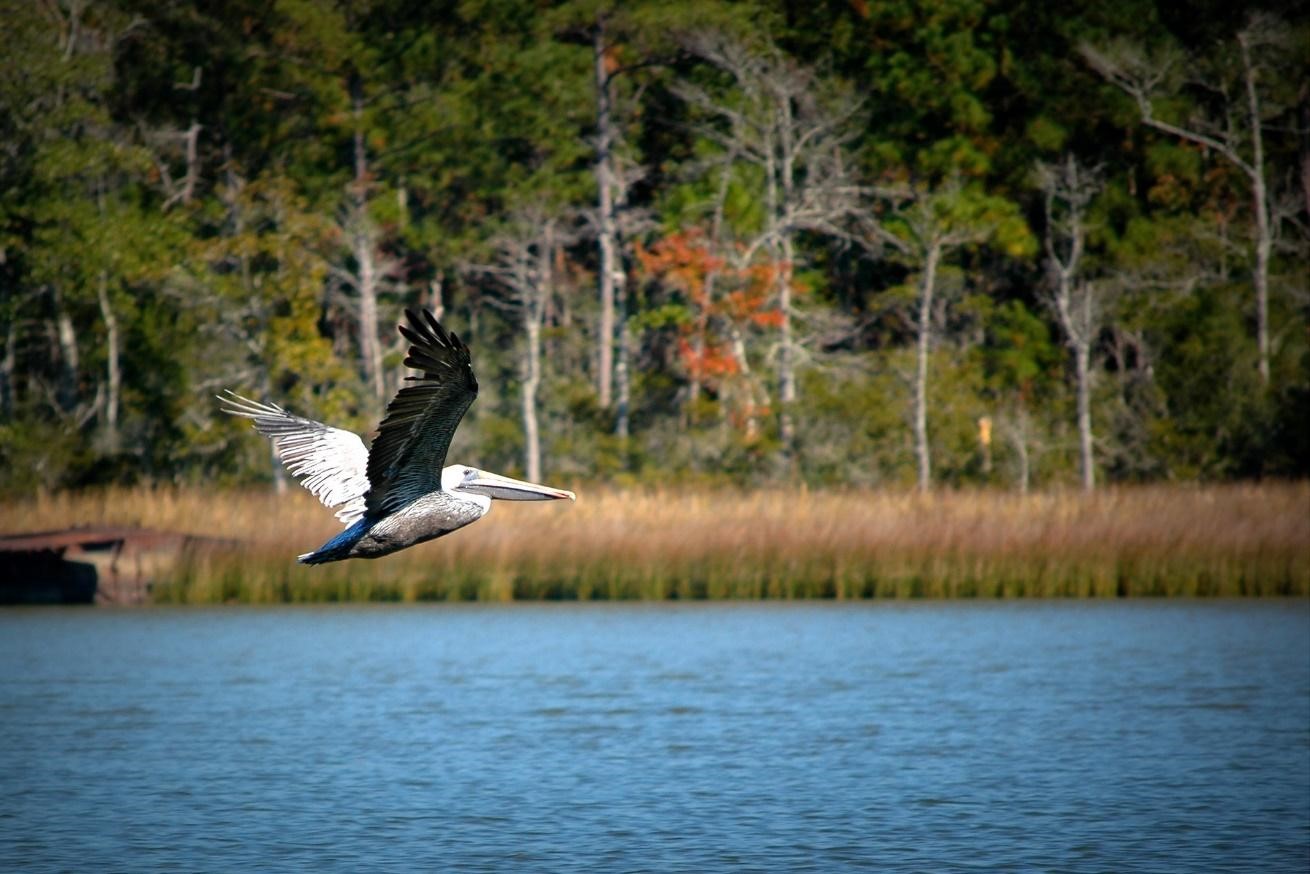NOAA Gulf Coast Resilience Grants Go Far
The Takeaway: Five communities gained the assessments they need to guide resilience action, thanks to NOAA funds and community partners.

For many Gulf Coast cities and towns, the stress of sea level rise and flooding is compounded by a difficulty getting the resources needed to assess and communicate local vulnerabilities and provide specific resilience options. Five communities in Alabama, Florida, and Mississippi have overcome these barriers, obtaining data-driven reports on vulnerabilities and proposed resilience strategies. Already, three communities have used the reports’ “resilience gap” insights to receive extra, outside funding that will narrow these gaps even more. A NOAA Coastal Resilience grant, and the assistance of many community partners, made the difference.
The Resilience to Future Flooding project administered the NOAA resilience grants and collaborated with partners and community members.
Florida
- Apalachicola – Technical experts analyzed historical downtown architecture and provided potential damage scenarios in the event of a “100 year” flood event. The experts then laid out elevation and flood-proofing options to lessen vulnerabilities. Post-project, the City of Apalachicola has secured National Park Service funds to start floodproofing historical downtown buildings. This project received two awards: the Spirit of Community Award from the Gulf of Mexico Climate and Resilience Community of Practice; and a Gulf Guardian Award from the U.S. Environmental Protection Agency’s Gulf of America Program.
- Alligator Point – As sea levels rise, this beach community needs more robust protection from repeated storm and flood damage. The project’s final report lays out five resilience options to help protect both community members and the only access road to western Alligator Point. Franklin County officials are weighing these options for potential action.
- Santa Rosa County – Officials and their partners designed a vulnerability-assessment model that maps local social vulnerability, repetitive loss zones, base flood elevations, and Federal Emergency Management Agency flood zones. In addition, a story map describes potential steps to further lessen vulnerabilities. The assessment model helped the county secure extra funds to provide more hazard and sea level rise scenarios.
Alabama
- Magnolia River – Project partners explored whether constructed wetlands and water detention areas were feasible options to protect this river’s habitat and lessen flooding, sedimentation, and pollution. Their analysis presented a variety of approaches that offer impressive dollars-to-benefits ratios. Partners now have secured funding for the engineering and design of a constructed wetland project.
Mississippi
- Biloxi –In this low-lying city, project partners collected and analyzed data on first-floor elevations for 1,250 homes in the most vulnerable areas; developed future projections for extreme water levels; and collected high water marks for 35 historical storms since 1880. Officials have used the data to inform residents of flood risks. The results “will greatly improve the City of Biloxi’s ability to identify where the greatest need will be during floods from hurricanes or heavy rain,” says Richard Stickler, the city’s floodplain manager.
The partners leading this Resilience to Future Flooding project include Louisiana Sea Grant; Mississippi-Alabama Sea Grant Consortium; Mississippi Department of Marine Resources; Mississippi State University; NOAA; the Program for Local Adaptation to Climate Effects: Sea Level Rise; and the University of Florida Institute of Food and Agricultural Sciences Extension. (2022)
Partners: Apalachee Regional Planning Council; Apalachicola National Estuarine Research Reserve; Baldwin County Soil & Water Conservation District; CNC Catastrophe and National Claims; City of Apalachicola; City of Biloxi; Climate and Resilience Community of Practice; Dauphin Island Sea Lab, Emerald Coast Regional Council; Florida Office of Resilience and Coastal Protection; Florida Resilient Coastlines Program; Florida Sea Grant; Franklin County; Friends of Magnolia River Committee; Gulf of America Alliance; Louisiana Sea Grant; Mississippi-Alabama Sea Grant; Mississippi Department of Marine Resources; Mississippi State University; NOAA Sea Grant and Office for Coastal Management; Program for Local Adaptation to Climate Effects: Sea Level Rise; Town of Magnolia Springs; University of Florida’s Institute of Food and Agricultural Sciences’ Extension; Volkert; and WSP USA
PRINT